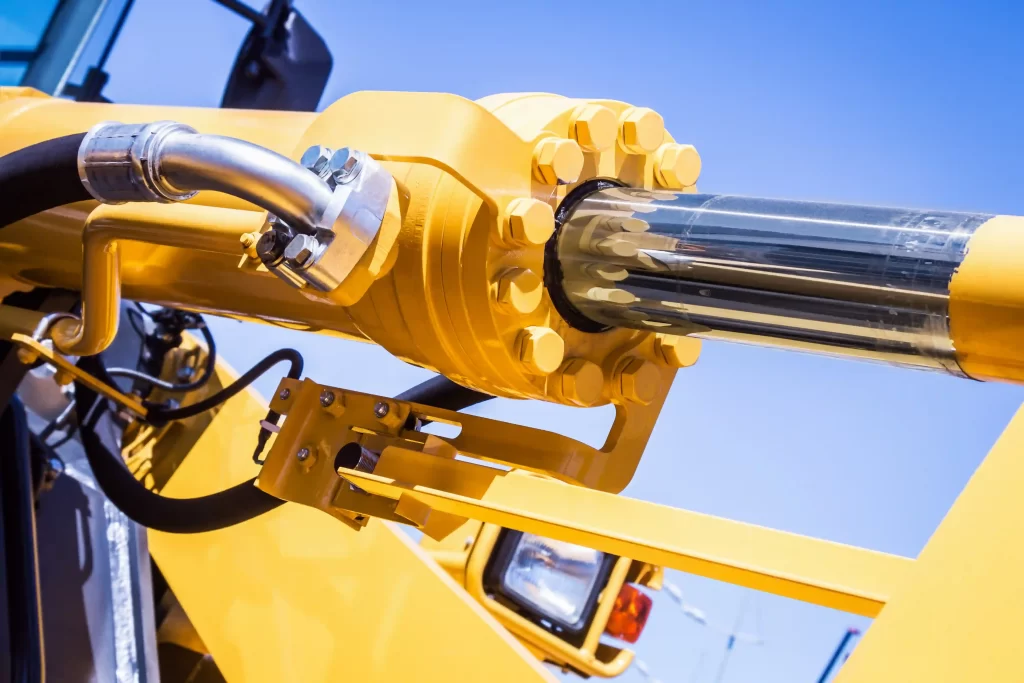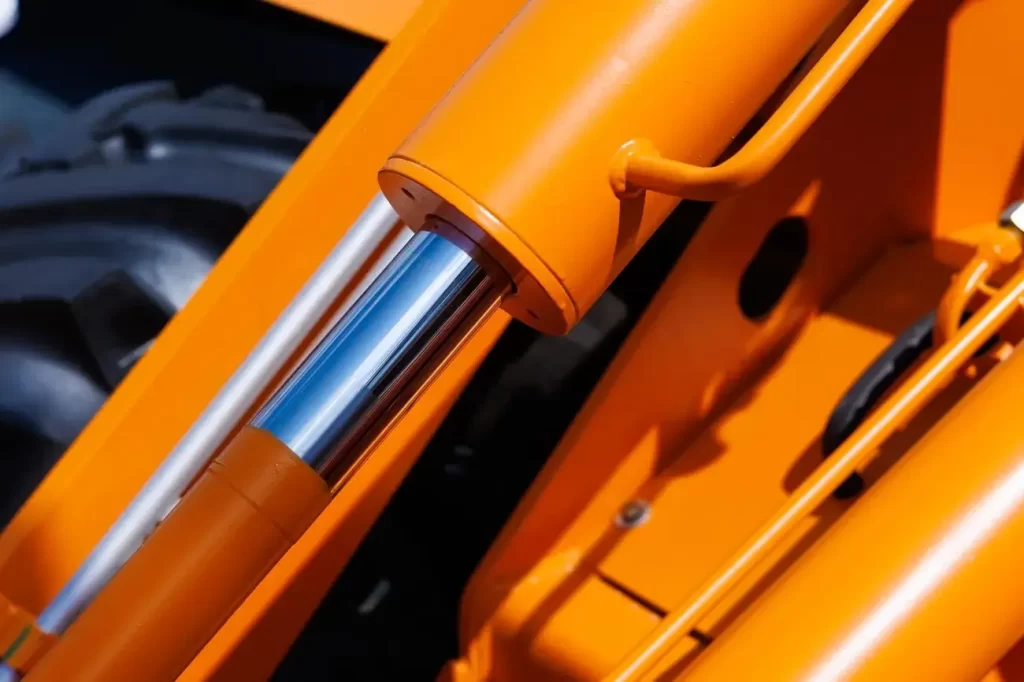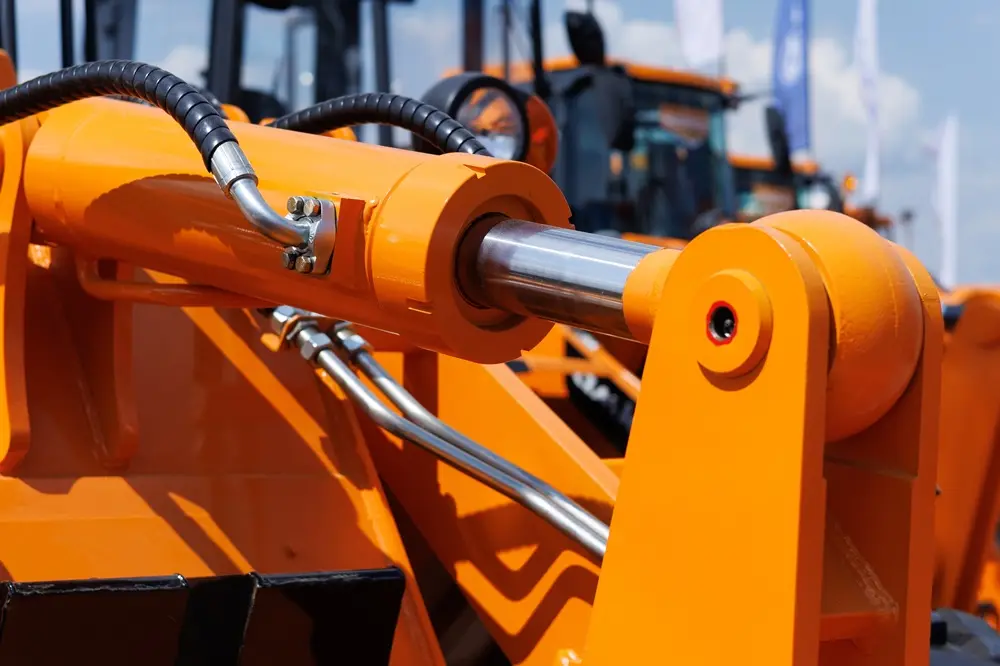Cylinder Hydraulic: Functions, Uses, Types, and Maintenance
Hydraulic cylinders are essential components in various heavy machinery, such as construction equipment, ships, trains, and other industrial tools. These cylinders convert hydraulic pressure into linear motion, allowing heavy machinery to perform demanding tasks with high efficiency.
In this article, we will discuss the functions, uses, types of hydraulic cylinders, and their proper maintenance. Additionally, we’ll cover common field incidents related to hydraulic cylinders and initial handling procedures.

Functions and Uses of Hydraulic Cylinders
Hydraulic cylinders serve several key functions, including:
- Linear Motion Drive: These cylinders convert hydraulic pressure into straight motion, necessary for operating heavy machinery like excavators, bulldozers, and cranes.
- Heavy Load Lifting: Hydraulic cylinders are used to lift heavy loads in industrial machines and construction equipment.
- Energy Transfer: In some applications, hydraulic cylinders help transfer energy between different parts of a machine.
These cylinders are critical for industries such as construction, mining, and transportation, which rely heavily on heavy machinery in their operations.
Types of Hydraulic Cylinders
There are several types of commonly used hydraulic cylinders:
- Single-Acting Cylinder: This type moves in only one direction, with one side of the piston receiving hydraulic fluid pressure.
- Double-Acting Cylinder: Unlike single-acting cylinders, these can move in two directions, providing flexibility for various applications.
- Telescopic Cylinder: These can extend further than their original length and are often used in heavy-duty applications like dump trucks.

Maintenance of Hydraulic Cylinders
Proper maintenance is crucial to ensure the efficiency and longevity of hydraulic cylinders. Here are some key maintenance steps:
- Regular Inspections: Perform visual inspections to detect any leaks or damage to seals and piston rods.
- Lubrication: Apply appropriate lubricants to prevent excessive friction on moving parts.
- Seal Replacement: Damaged or worn-out seals can cause hydraulic fluid leaks, so ensure regular seal replacements.
- Cleaning: Keep the cylinder clean to prevent contamination from dust or particles that can damage internal components.
Common Field Incidents and Initial Handling
Hydraulic cylinders often encounter issues in the field that can disrupt heavy machinery operations. Common incidents include:
- Fluid Leaks: Fluid leaks are one of the most common problems. If a leak occurs, stop the machine immediately and inspect the seals or connections for potential issues.
- Piston Failure: A stuck or sluggish piston may result from internal damage or contamination. Initial handling involves cleaning and relubricating the piston.
- Overheating: Cylinders under heavy strain may overheat. To resolve this, reduce the machine’s workload and ensure the cooling system is functioning properly.
Quick and proper initial handling is crucial to preventing further damage and ensuring the machinery returns to normal operation.
Hydraulic cylinders play a vital role in various machines and heavy equipment. Understanding their functions, types, and proper maintenance can minimize damage and increase machine efficiency. If you encounter hydraulic cylinder problems, SSC Works is ready to assist with expert repair solutions, from seal replacement to piston repair and more.

